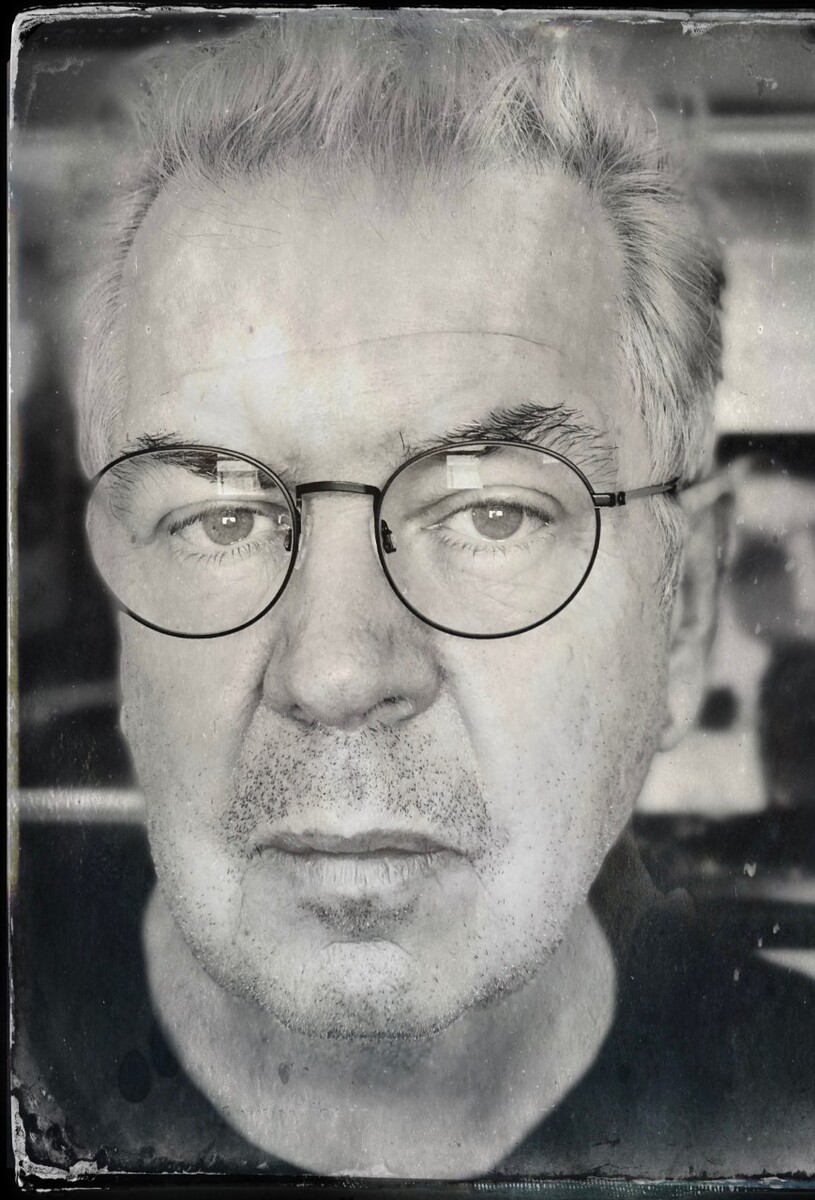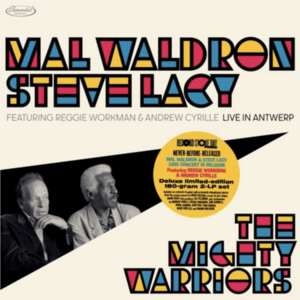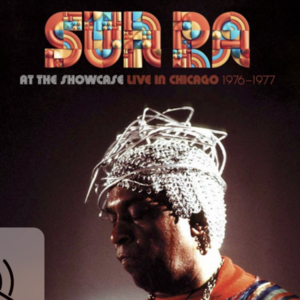
GOTH: A History
Lol Tolhurst
Hachette Books
Calling GOTH a history is somewhat misleading. Lol Tolhurst admits that his original idea was to write a comprehensive overview of goth music and the related subculture. Tolhurst scrapped that idea because he’s not a historian, and there are other academic types who can do a better job of that. What Tolhurst is good at is telling stories. As a founding member of The Cure, he was there when goth mutated out of the punk explosion. He was, and still is, involved in the scene. He knows the major players. What Tolhurst gives us is a very personal tour of the development of goth.

The early chapters of GOTH: A History deal with the “psychic geography” that nurtured the nascent movement. Tolhurst talks at length about the Gothic in literature and poetry. He talks about Mary Shelley, T.S. Eliot, and Sylvia Plath and how they influenced his and Robert Smith’s thinking about writing. He talks about the absurdist writers Camus and Sartre and the profound influence they had in shaping his worldview. The “poetry of pain” has a long history before transforming into words and music.
Goth, as we know it, didn’t evolve in a vacuum. Lol talks about The Doors and how they handled dark topics in popular songs. He talks about Suicide and how they threw out the book on what it meant to be a rock band. He talks about Nico and the beauty of despair. Alice Cooper showed him how to be outrageous. (There is a funny story about sneaking “School’s Out” onto the sound system at his middle school graduation.) Tolhurst gives Marc Boland and David Bowie credit for setting the stage for a band like The Cure. He also gives punk credit for making goth possible.
“That night I saw The Clash with Robert, everything changed. We and a handful of others would help spearhead a new genre of music that, like punk, had its own style that continues to this day.”
The first generation of goth bands like Siouxsie and the Banshees and The Cure started life as punk bands, and then took a turn into the dark. He tells how The Cure and the Banshees literally grew up together. When the Banshees’ guitarist quit, Robert Smith did double duty in both bands for a bit.
Goth is an ethereal concept. In telling his history of the genre, Tolhurst weaves other post-punk bands like Wire, the Damned, and Cocteau Twins into the story. Tolhurst talks to other musicians about their experiences and views on their place in goth. Tolhurst speaks of the influence of Joy Division and Bauhaus with his reminiscences of working with them.
There is more to goth than music, and Tolhurst takes time to discuss the influence of goth culture in art and fashion. I was particularly interested in his insight into the goth subculture itself and his conversation with Dr. Leah Bush, an American social scientist who did her PhD on goth culture and aging. Bush found that goth is whatever you want it to be, but it requires a commitment to the subculture. The bottom line is that the elder goths have found a way to age gracefully by being part of a supportive subculture.

In wrapping up, Tolhurst asks, why does goth matter?
“As a subculture, _it’s really become part of the fabric of society more than any other recent subculture other than, say, hip-hop. Not only in music and art but also on television, the internet, and in the most reliable indicator of the mainstream—the clothing lines of numerous fashion houses.”
“It’s not just a fashion for these people, not just a subculture they identify
with, so much as a way of dealing with the world that acknowledges the sad
and the melancholy and, most importantly, validates their worldview.”
GOTH: A History is a personal tour through an often-misunderstood subculture. I’m sure other authors will offer a more comprehensive and objective analysis of the subculture, but Lol Tolhurst provides a very personal, subjective history of goth that is fun to read and insightful.
Lol Tolhurst’s album Los Angeles, with longtime friend Budgie (Siouxsie and the Banshees) and Jacknife Lee, releases in November and is now available for pre-order.
Hachette Books • Alternative imaginaries, gothic temporalities: An ethnography of the cultural construction of aging in the goth subculture, Leah Bush, 2016












